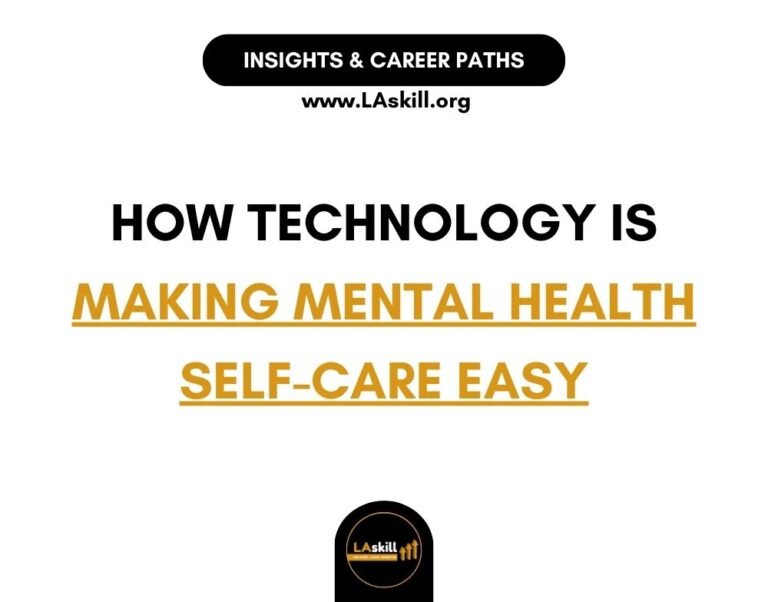Join our 10-week hands-on digital skills/internship training program starting May 6th. Enroll Now→
E-Commerce Empire: Start Yours with Zero Inventory!

The idea of starting an e-commerce business is exciting—selling products online, earning profits, and building your own brand. But for many aspiring entrepreneurs, the thought of stocking up on inventory is intimidating. Warehousing, managing stock, and upfront investment can be significant roadblocks, but what if you could skip all that and still build a successful e-commerce empire?
Welcome to the world of e-commerce without inventory. With innovative business models like dropshipping, print-on-demand, and digital products, you can start an online business with minimal investment and no need to stockpile products. In this blog, we’ll walk you through the steps to launch your own e-commerce store without the hassle of managing inventory and how you can get started today.
The No-Inventory Revolution
Running an e-commerce business without inventory is possible thanks to several modern business models. Here are the three most popular:
1. Dropshipping
Dropshipping is a fulfillment method where you don’t keep the products you sell in stock. Instead, when a customer places an order, you purchase the item from a third-party supplier who ships it directly to the customer. You act as a middleman, promoting the products and managing the online store, while the supplier takes care of manufacturing, storage, and shipping.
2. Print-on-Demand
Similar to dropshipping, print-on-demand allows you to sell custom-designed items (like t-shirts, mugs, phone cases, etc.) without holding inventory. The difference is that products are created only after an order is placed, meaning there’s no need for upfront investment in large quantities. You design the products, list them on your store, and when a customer makes a purchase, the product is printed and shipped by a third-party service.
3. Selling Digital Products
Digital products, like e-books, courses, printables, and software, have no physical inventory at all. Once you create a digital product, it can be sold infinitely with no shipping or manufacturing costs. This model is perfect for creators, educators, or tech entrepreneurs who want to monetize their knowledge or digital creations.
Why You Don’t Need Inventory to Start an E-Commerce Empire
Now, let’s dive into the reasons why having zero inventory is not only possible but can be advantageous when starting your e-commerce journey.
1. Low Startup Costs
One of the biggest hurdles for new business owners is the initial investment in inventory. With dropshipping, print-on-demand, or digital products, you can launch your store without having to spend money on products upfront. You’ll only pay for products after customers have already paid you, which drastically reduces your financial risk.
2. No Need for Warehousing or Logistics
Managing inventory and shipping logistics can be a nightmare for new e-commerce entrepreneurs. Warehousing, packaging, and shipping require time, space, and additional costs. When you operate without inventory, the logistics are handled by third-party suppliers or are entirely digital, meaning you can focus more on growing your business.
3. Scalability
A no-inventory business model allows you to scale quickly. Since you don’t have to worry about restocking or shipping products, you can focus on marketing and expanding your product line. This makes it easier to handle a sudden influx of orders without the hassle of managing stock levels.
4. Flexibility and Freedom
Running an e-commerce store without inventory gives you the freedom to work from anywhere. Since you don’t have to deal with physical products, warehousing, or shipping, all you need is a laptop and an internet connection to manage your business. This flexibility allows you to scale and adapt your business quickly.
How to Start Your E-Commerce Empire in 5 Steps
Starting an e-commerce business without inventory is easier than you might think. Here’s a step-by-step guide to help you get started:
Step 1: Choose Your Niche
The first step in any successful e-commerce business is choosing a profitable niche. Your niche is the specific category of products you’ll be selling, and it should align with your interests and target audience. Some popular niches for no-inventory models include fashion, home décor, fitness, tech accessories, and digital products like courses or e-books.
Step 2: Select Your Business Model
Decide whether dropshipping, print-on-demand, or digital products are the best fit for your business. If you want to sell physical products without holding inventory, dropshipping or print-on-demand are ideal. However, if you’re a creator or educator, selling digital products may be the most lucrative option.
Step 3: Choose a Platform
You’ll need an e-commerce platform to build your store. Some of the most popular platforms for no-inventory businesses are:
- Shopify: A user-friendly platform that supports both dropshipping and print-on-demand businesses. Shopify also has a marketplace of apps to integrate with third-party suppliers.
- WooCommerce: A flexible, open-source platform for WordPress users that allows you to customize your store fully.
- Etsy: Ideal for print-on-demand or handmade digital products. Etsy has a built-in audience, which can be helpful for driving initial traffic.
Step 4: Source Products or Create Digital Goods
Once you’ve chosen your business model, it’s time to source your products. If you’re dropshipping, find reliable suppliers through platforms like AliExpress, Oberlo, or SaleHoo. For print-on-demand businesses, platforms like Printful or Teespring can handle the fulfillment. If you’re selling digital products, start creating high-quality content that your audience will find valuable.
Step 5: Market Your Store
Marketing is key to growing your e-commerce empire. Use digital marketing strategies like social media marketing, email marketing, and content marketing to drive traffic to your store. Paid ads on Facebook, Instagram, or Google can also help you reach your target audience quickly.
How LAskill Can Help You Launch Your Empire
Starting an e-commerce business can be a complex journey, but with the right training and guidance, you can fast-track your success. At LAskill, we offer comprehensive courses on Introduction to E-Commerce, designed to help you master the skills needed to run a profitable online business.
Here’s what you’ll learn:
- Business Models: Dive deep into dropshipping, print-on-demand, and selling digital products.
- Platform Mastery: Get step-by-step guidance on setting up your e-commerce store on platforms like Shopify, WooCommerce, or Etsy.
- Marketing Strategies: Learn how to drive traffic and convert visitors into customers through proven digital marketing techniques.
- Product Sourcing: Understand how to find reliable suppliers and create high-demand products without the hassle of inventory.
Ready to start your e-commerce empire with zero inventory?
Sign up for LAskill’s Introduction to E-Commerce course today and learn everything you need to know to build, launch, and scale your online business. Whether you choose to learn online or in person, our expert instructors will guide you through every step of the process. Enroll now!
Check out our YouTube Channel to discover more skills.







